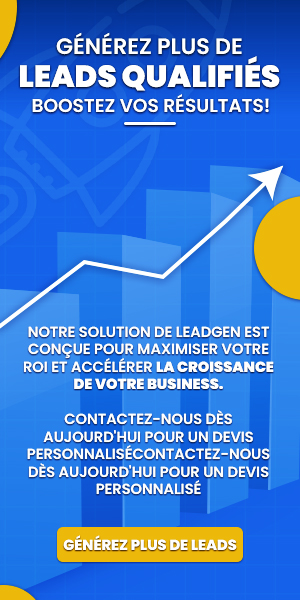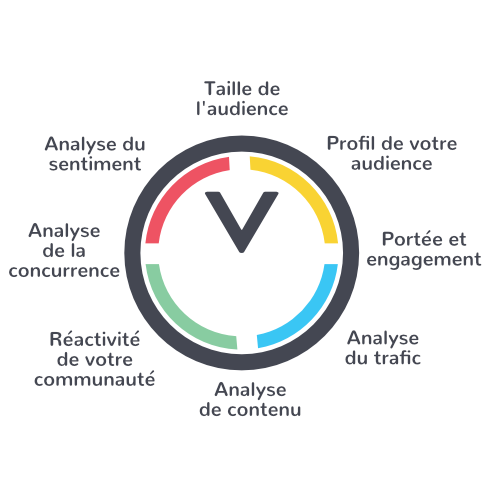In an ever-changing digital world, it is crucial to ensure that the content on your website is not only relevant, but also optimized to meet the expectations of your users and the demands of search engines. Conducting a content audit may seem like a daunting task, but it’s an essential step to maximizing the impact of your online presence. This guide will walk you through this methodical process, allowing you to identify the strengths and weaknesses of your current content, while developing a clear strategy to improve it. Whether you are a small business or a large organization, this audit will help you get the most out of your digital content, attract more visitors and convert those visitors into loyal customers.
Table des matières
ToggleImportance of a Content Audit

Conducting a content audit is essential to assess the quality and relevance of your website. This helps optimize your online presence, improve user engagement, and meet your business goals. A good audit helps you identify weak points and maximize the effectiveness of your content.
Tools needed for the audit
Before you begin, it is crucial to gather the right tools. Here are some essential elements:
- Spreadsheets : Use Google Sheets or Excel to document your observations.
- SEO Tools : Software like Semrush or Ahrefs for analyzing the visibility of your site.
- Grammar check tools : Grammarly or Hemingway to correct content errors.
- Analysis tools : Google Analytics to track performance before and after the audit.
Creating a content map
Develop a map of your content, a summary diagram of the elements present on your site. This includes:
- Important pages: Home, About, Services, Blog, etc.
- Content subcategories: Articles, videos, case studies, etc.
- A clear hierarchy for better navigation.
A well-structured map makes it easier to identify duplicates and gaps in your content.
Image and media analysis
THE pictures play an essential role in the user experience. Review each media to ensure:
- Optimal quality (size, format).
- Tags alt correctly filled with relevant keywords.
- Consistency with the visual identity of your site.
Resolution of identified issues
During the audit, various issues may be noted, such as:
- Outdated or inaccurate content.
- Inconsistencies in tone or message.
- Lack of evidence or examples to support claims.
Addressing issues quickly is crucial to maintaining the credibility of your content.
List of actions to take for a successful audit
| Actions to take | Goals |
| Evaluate content quality | Improve user engagement |
| Check keyword relevance | Optimize SEO |
| Identify duplicates and necessary deletions | Lighten the site, improve the user experience |
| Update outdated information | Building credibility |
| Optimize images | Improve SEO performance |
Continuous Optimization Practices
Finally, incorporate continuous optimization practices. Regular audits allow you to maintain the quality of your content and adapt your strategies according to the evolving expectations of your target audience. This also strengthens your positioning on search engines and contributes to achieving your business objectives.
2️⃣ Audit de contenu ⤵️
— Audrey Tips (@audreytipsfr) July 11, 2024
Qualité et pertinence du contenu
Stratégie de mots clés
Structure des contenus (balises H1, H2…)
Optimisation des contenus multimédias (balises ALT, poids des visuels)
Maillage interne
•
🧵 2/3














